Within the Amazonian jungle itself, an estimated 90 percent of human Amazon history is lost.
A small but significant portion of that past has been uncovered thanks to a recent discovery.
LIDAR Technology
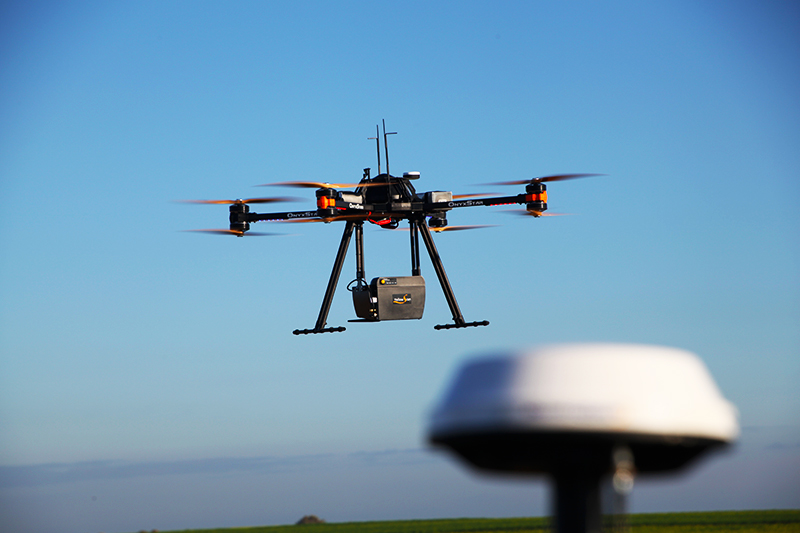
Archaeologists used LIDAR to find a settlement in eastern Ecuador that was as complex as the ancient civilizations in Mexico and Central America.
Despite the fact that little is known about the people who lived there, the society flourished between 500 BCE and 300 and 600 CE, when its population may have reached 100,000.
Biodiversity

With approximately 3 million species living under its moist tropical canopy, the Amazon is one of the most biodiverse places on Earth.
But since of its thick vegetation and generally unforgiving scene, the Amazon never played host to large scale civilizations as can be seen elsewhere in the Americas.
Ruin Discovery
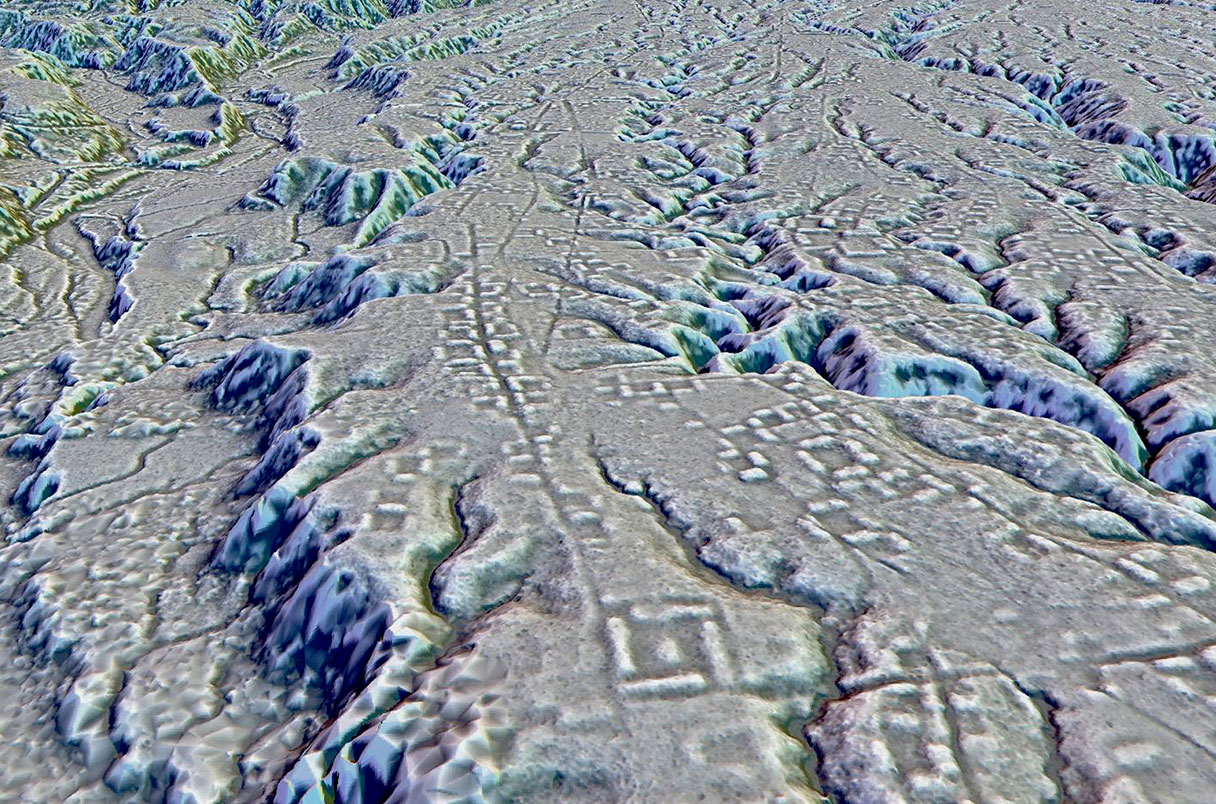
The ruins of an ancient city have been found in Ecuador’s eastern Upano Valley, near the foothills of the Andes, according to new research conducted by researchers at the French National Center for Scientific Research.
Through planning 115 square miles with light detection and ranging (LIDAR) technology, the group tracked down proof of a 2,500-year-old settlement (named Sangay) that might have been home to a populace of 10,000, or even 100,000 at a one point.
“Complicated Urban Socieities”
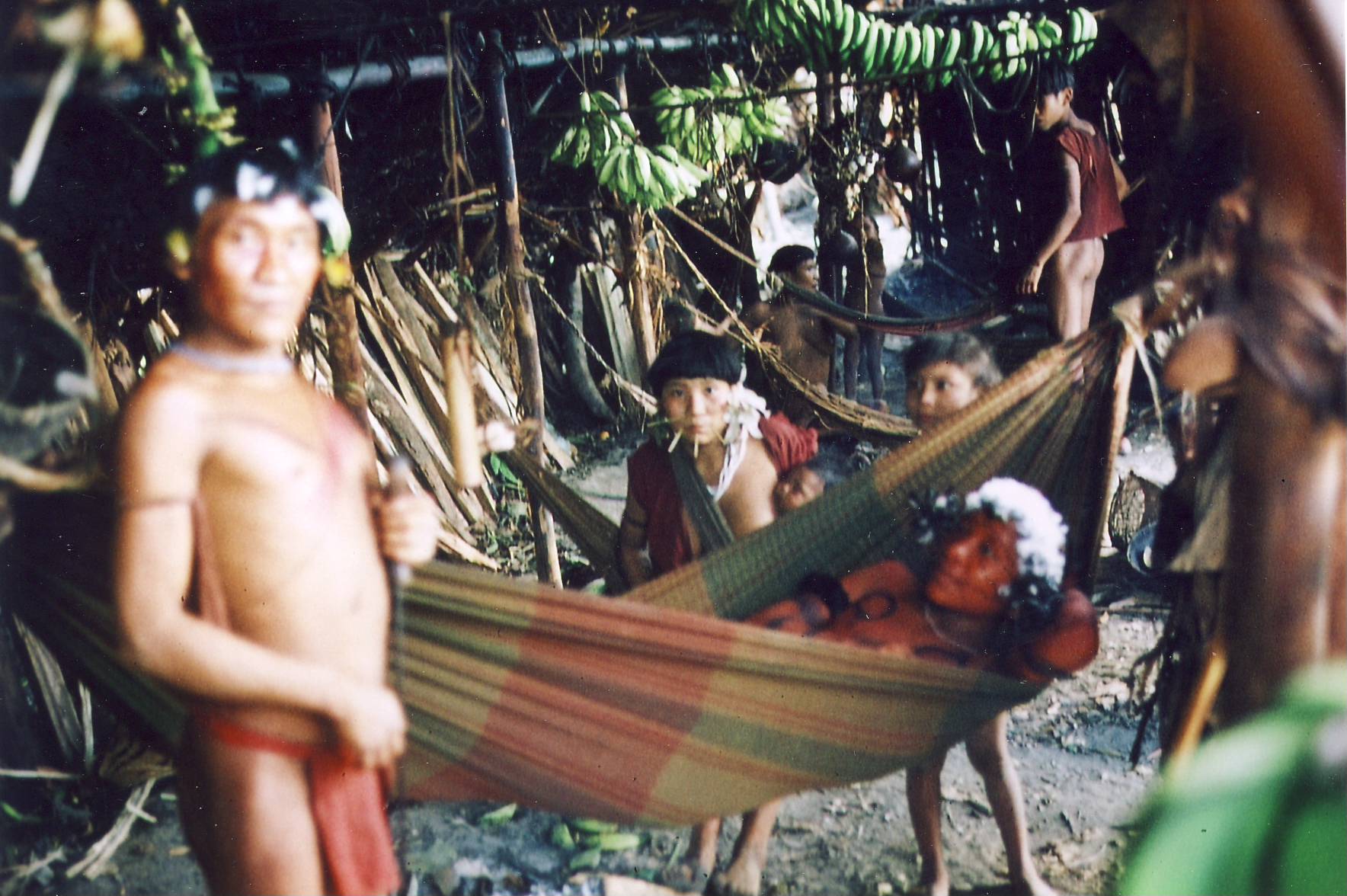
Last week, the team, led by Stéphen Rostain, published their remarkable discovery in Science.
According to study co-author Antoine Dorison as per the BBC: “It changes the way we see Amazonian cultures. Most people picture small groups, probably naked, living in huts and clearing land—this shows ancient people lived in complicated urban societies.”
Complex Infrastructure
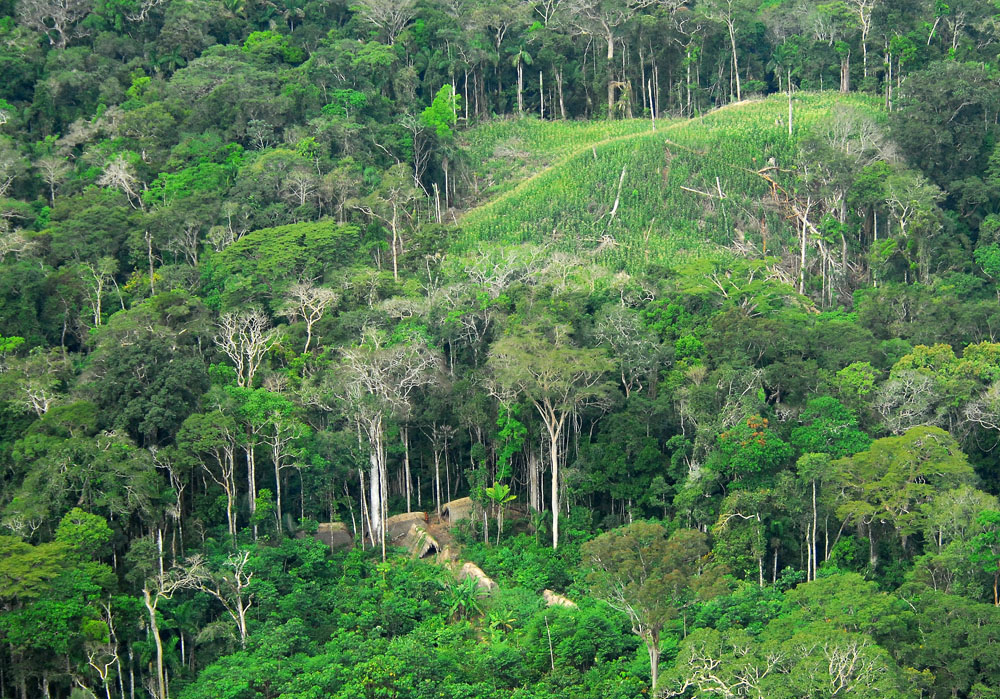
From approximately 500 BCE to approximately 300 to 600 CE, whatever people lived in this region most likely prospered.
Although the LIDAR scans, which make use of the one-of-a-kind capability of LIDAR to penetrate the entire forest canopy, display a variety of platforms, plazas, arranged streets, and drainages.
Road Network
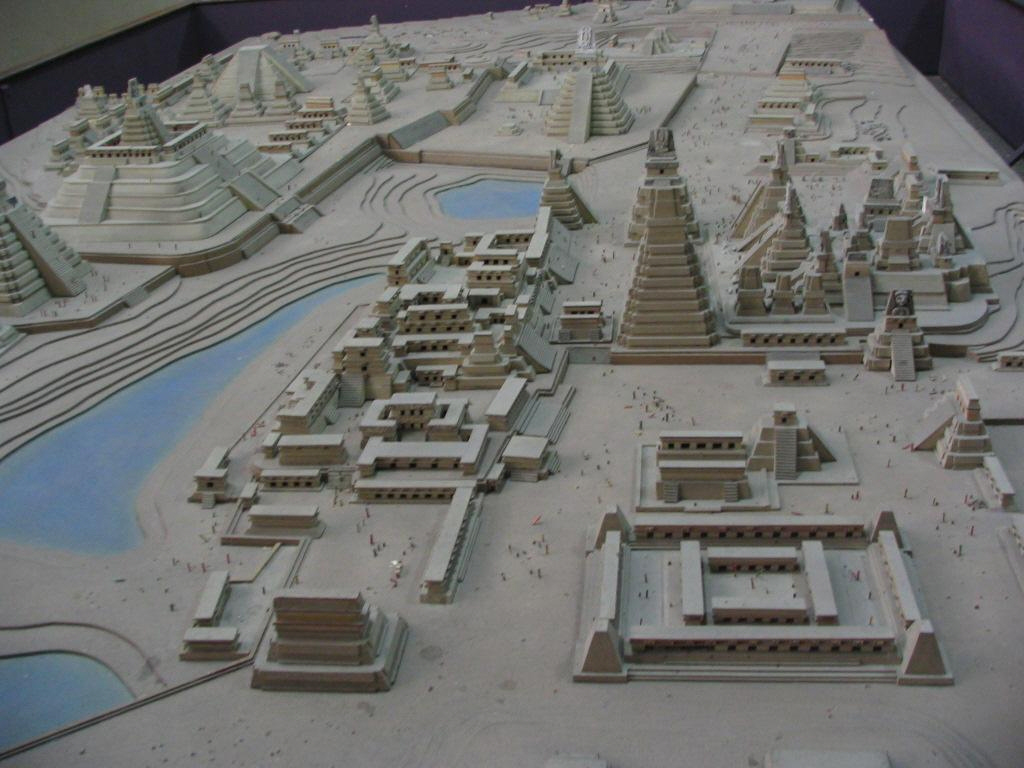
One of the most distinctive features of the discovery is a complicated road network that spans nearly six miles.
This framework seems to have connected different metropolitan habitats, like how the Maya in Mexico and Guatemala organized their urban networks.
Sophisticated Construction
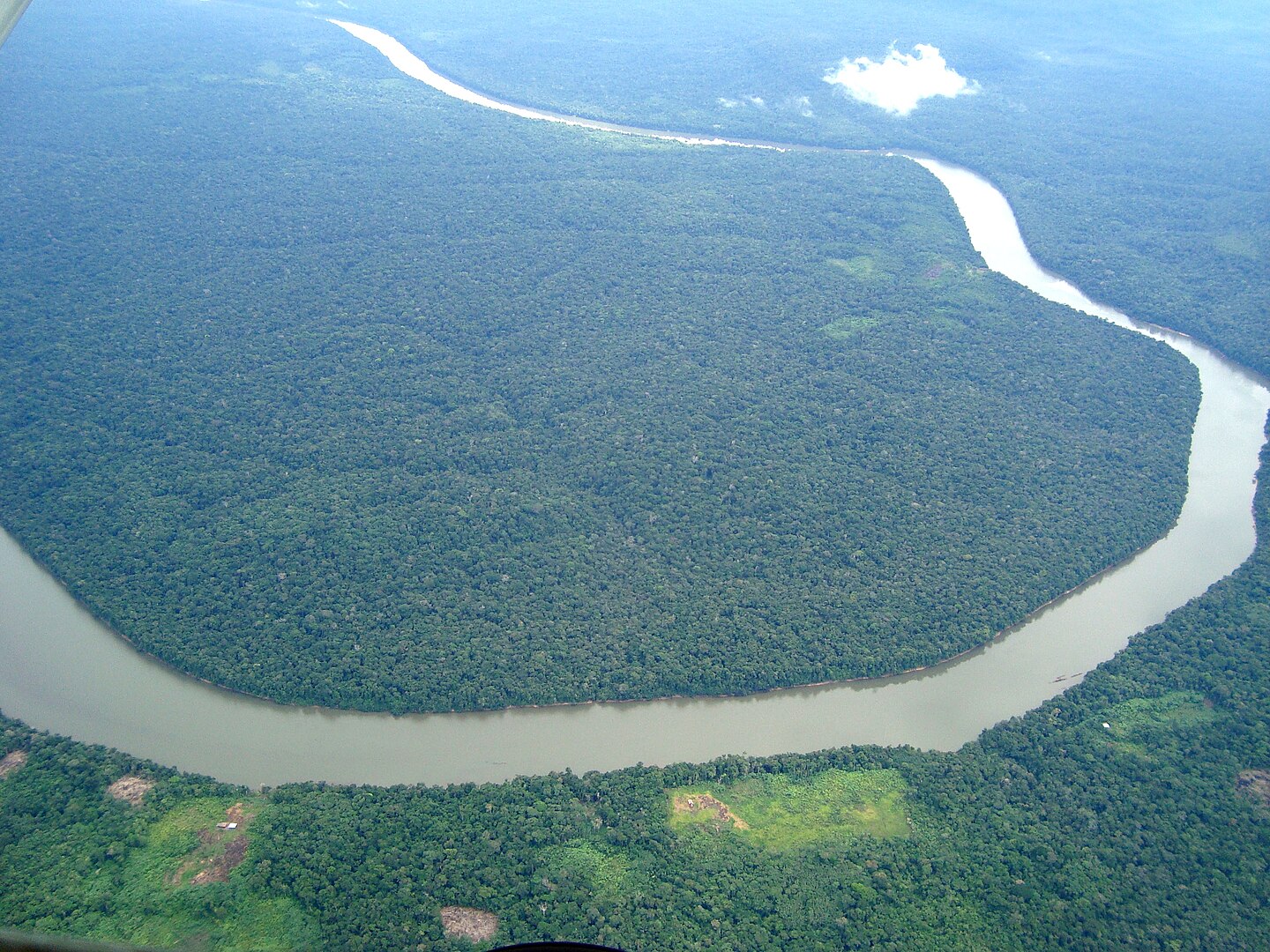
It is interesting to note that the roads are also nearly straight and contain right angles, indicating a level of construction sophistication that would be difficult to achieve in the Amazon’s terrain.
Archaeologists already have a decent understanding of the diet of the people who lived in these ancient cities, despite the fact that we do not know much about them (at least not yet).
Drained Fields
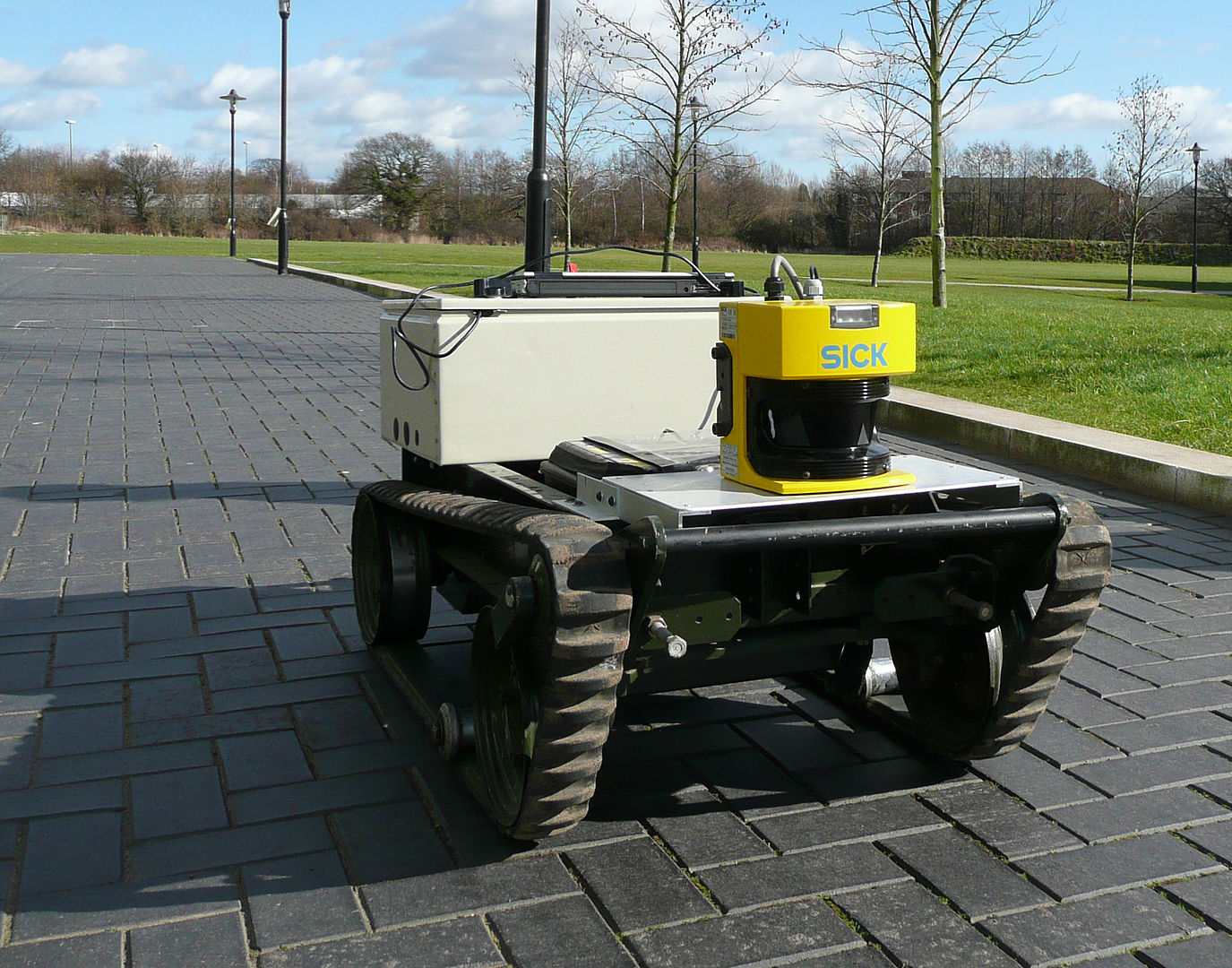
LIDAR also found evidence of drained fields where this ancient society probably grew food like maize, beans, sweet potatoes, and cassava.
They likewise presumably partook in a “chicha” — a sort of sweet brew — following a monotonous day’s worth of effort.
Future Expeditions
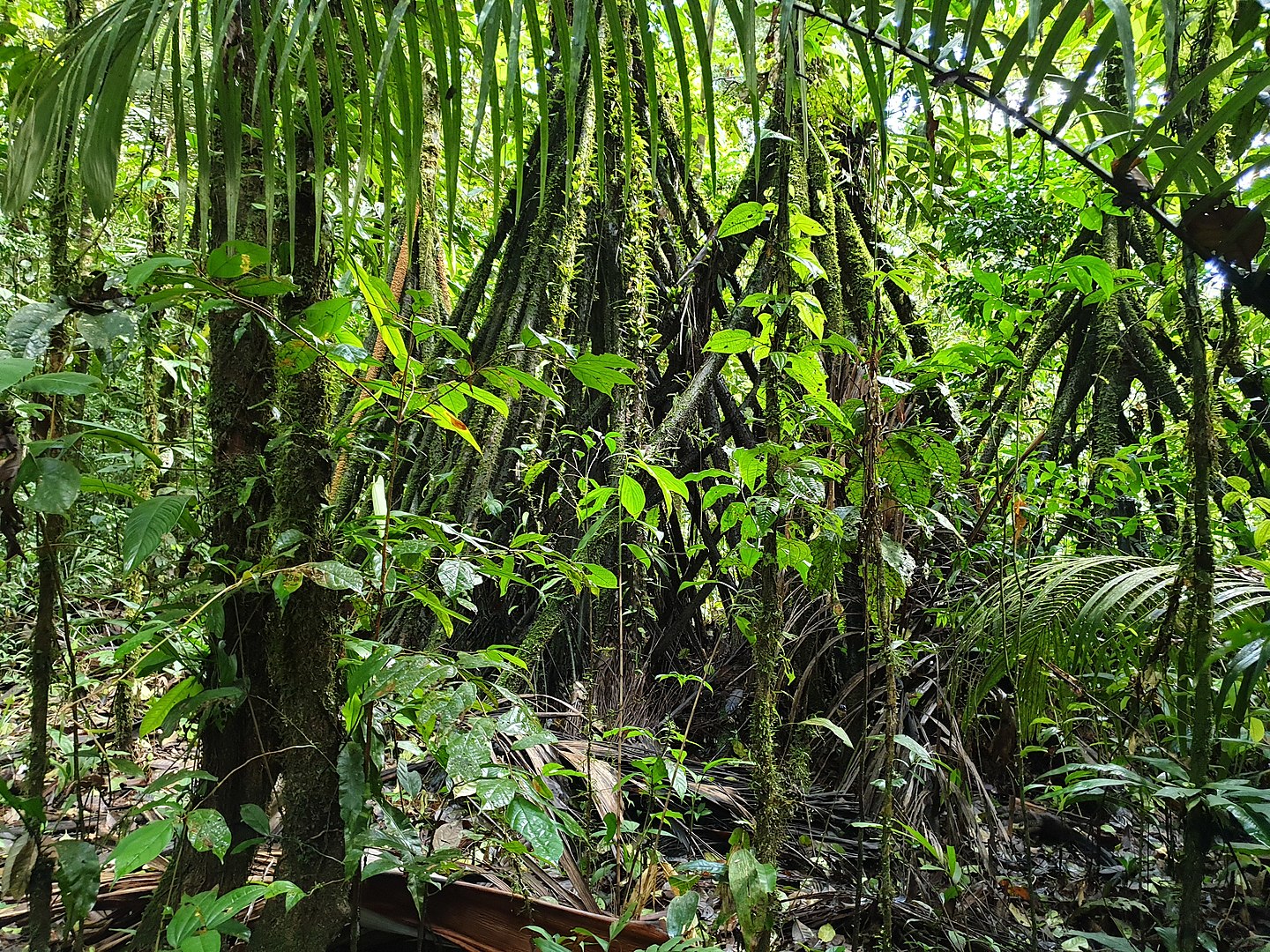
In an effort to try and discover what these unknown people left behind, it is hoped that future expeditions will examine this region in greater detail.
With regards to human residence of the Amazon, archeologists can generally make estimations and are only able to hypothesize what lies within.
Unknown History
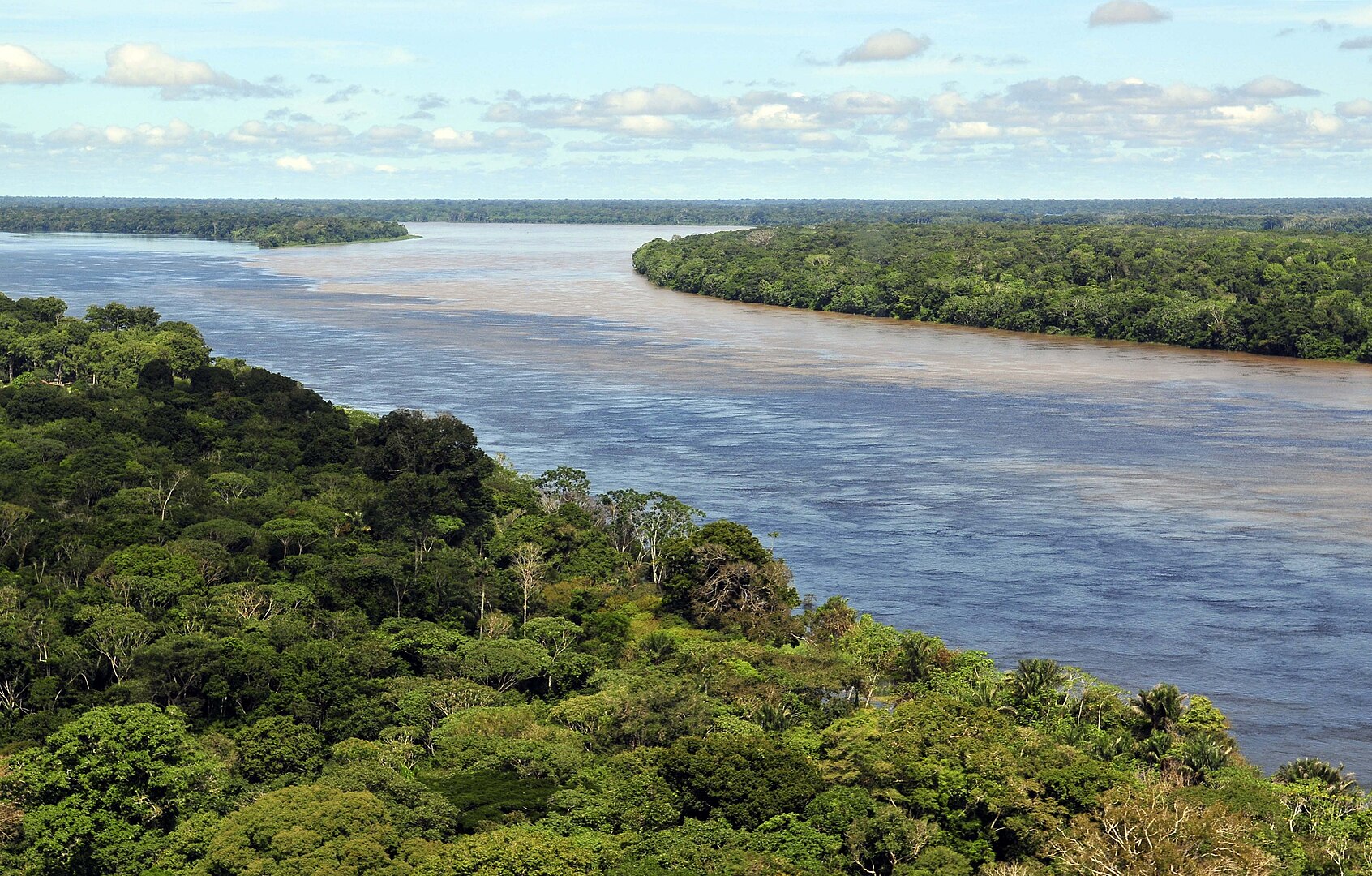
One estimate suggests that 90 percent of Amazon history remains unknown.
New technologies, on the other hand, are shedding light on this ancient past and raising questions about what we really know about this beautiful, wild region.
Challenging Preconceptions
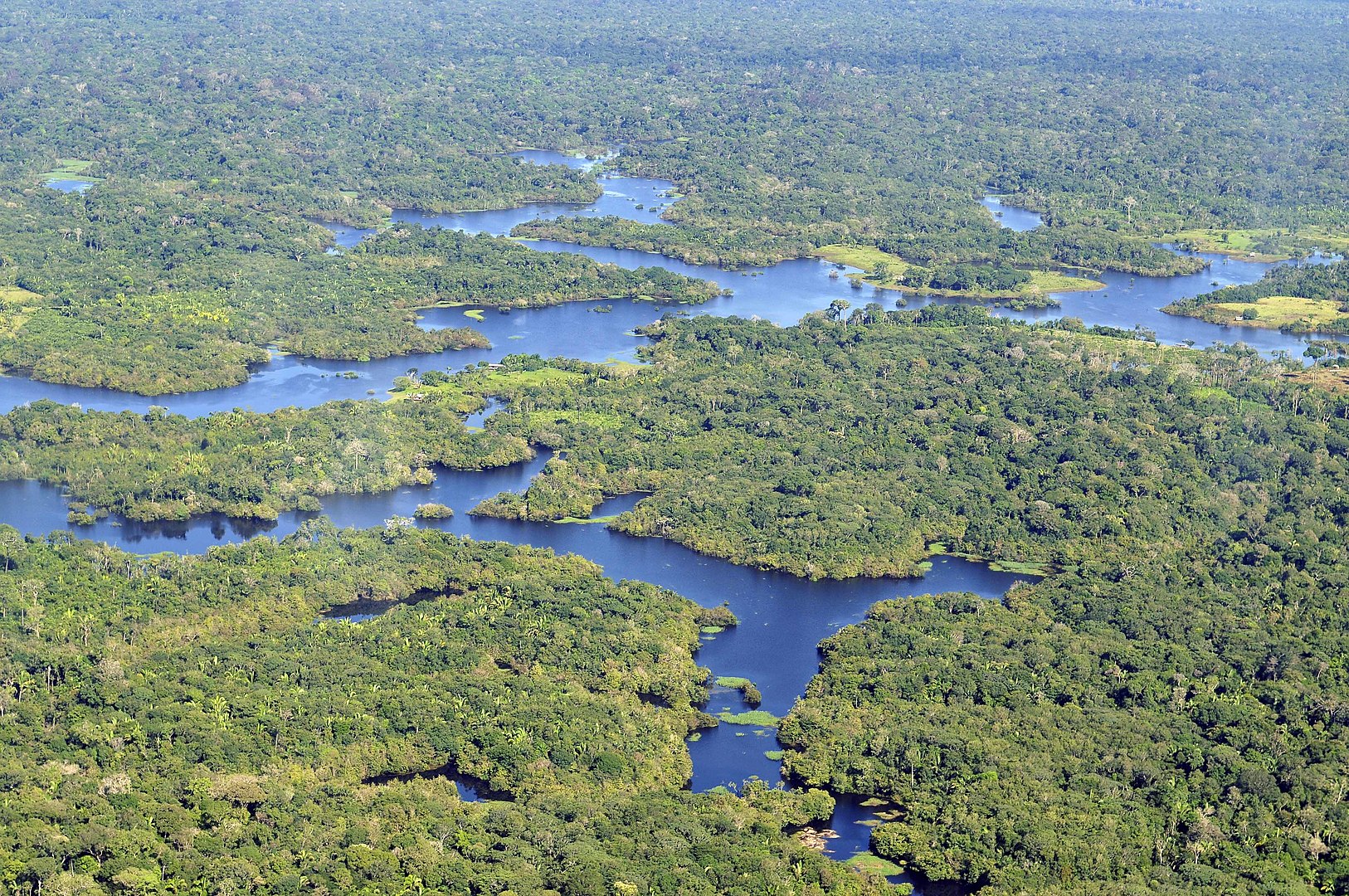
“Such a discovery is another vivid example of the underestimation of Amazonia’s twofold heritage: environmental but also cultural, and therefore Indigenous,” According to the paper.
It went on to state: “We believe that it is crucial to thoroughly revise our preconceptions of the Amazonian world.”
This latest discovery of Amazonian history likely won’t be the last time that these preconceptions will be challenged.
